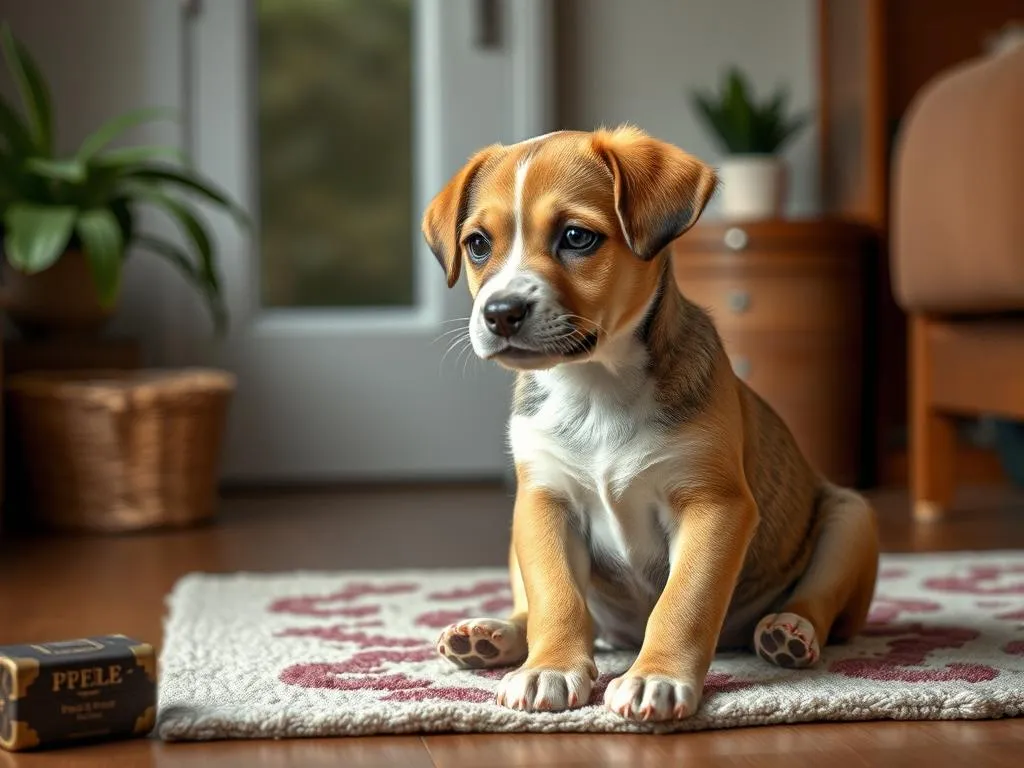
Introduction
Welcoming a puppy into your home is an exhilarating experience filled with joy, companionship, and a fair share of responsibilities. These little bundles of energy bring love and laughter, but they also require careful planning and preparation. Preparing your home for a puppy is crucial to ensure a smooth transition for both you and your new furry friend. In this article, we will explore the essential steps to create a safe, comfortable, and loving environment for your puppy, while also addressing their needs and your responsibilities as a pet owner.
Understanding Puppy Needs
Before diving into the practical aspects of home preparation, it’s important to understand a puppy’s basic needs. Puppies are not just adorable; they are living beings with specific requirements that must be met for their health and happiness.
-
Nutrition: A balanced diet is fundamental for a puppy’s growth and development. Consult your veterinarian for recommendations on the best food for your puppy’s breed and age.
-
Shelter: A safe and comfortable space is necessary for your puppy to rest and feel secure.
-
Socialization: Puppies need to interact with people and other animals to develop good behavior and adapt to different environments.
-
Exercise: Regular exercise is vital for a puppy’s physical and mental health. It helps in reducing anxiety and encourages healthy growth.
Meeting these needs is not just about keeping your puppy happy; it’s about ensuring they grow into a well-rounded, healthy adult dog.
Assessing Your Home Environment
Now that you understand the needs of your new puppy, the next step is to assess your home environment. This involves evaluating the current state of your home and identifying areas that may pose risks to a puppy.
Indoor Safety
Creating a safe indoor environment is one of the first steps in preparing your home for a puppy. Here are some essential safety measures:
-
Remove Hazardous Items: Store cleaning supplies, medications, and any other toxic items out of reach. Puppies are naturally curious and may nibble on or consume dangerous substances.
-
Secure Furniture and Heavy Objects: Puppies may attempt to climb or jump on furniture. Ensure that heavy objects are secured and that furniture is stable to prevent accidents.
-
Setting Boundaries: Use baby gates to restrict access to certain areas and keep doors closed to prevent your puppy from wandering into unsafe spaces.
Outdoor Safety
The outdoors can be just as hazardous as the indoors. Here are some steps to secure your yard:
-
Fencing and Yard Security: Ensure your yard is securely fenced. Puppies can be escape artists, so check for any gaps or weak points.
-
Removal of Toxic Plants and Chemicals: Familiarize yourself with plants that are toxic to dogs and remove them from your yard. Also, store any outdoor chemicals, like fertilizers and pesticides, safely.
-
Safe Outdoor Spaces for Play and Exploration: Designate a specific area in your yard for your puppy to play, ensuring it is free from debris and hazardous items.
Essential Supplies for Your Puppy
Having the right supplies is essential for your puppy’s comfort and well-being. Here’s a comprehensive list of items to gather before bringing your new friend home:
-
Food and Water Bowls: Opt for stainless steel or ceramic bowls that are easy to clean and difficult to tip over.
-
Puppy Food: Choose high-quality puppy food that meets the nutritional requirements for your puppy’s breed and size.
-
Crate and Bedding: A crate provides a safe space for your puppy and aids in house training. Select comfortable bedding that will keep your puppy cozy.
-
Toys: Invest in a variety of toys, including chew toys and interactive toys, to keep your puppy entertained and mentally stimulated.
-
Leash and Collar: A sturdy leash and a properly fitting collar are essential for walks and outings.
-
Grooming Supplies: Depending on the breed, you may need brushes, nail clippers, and shampoo.
Creating a Comfortable Space
Once you have the necessary supplies, the next step is to create a comfortable space for your puppy. This area will be their haven, so it should be inviting and safe.
Setting Up the Puppy’s Bed Area
Choosing the right bed and location is vital for your puppy’s comfort:
-
Choosing the Right Bed: Select a bed that’s appropriate for your puppy’s size and breed. It should be soft and supportive.
-
Location Considerations: Place the bed in a quiet area away from foot traffic, where your puppy can feel secure and undisturbed.
-
Importance of Comfort and Security: A comfortable bed will help your puppy feel at home and encourage restful sleep, which is essential for their development.
Designating a Play Area
In addition to a sleeping area, your puppy needs a designated play area:
-
Suggestions for Safe Play Zones: Use a section of your living room or a playpen where your puppy can play freely without potential hazards.
-
Importance of Supervision During Playtime: Always supervise your puppy during playtime to prevent accidents and ensure they are safe.
-
Ideas for Puppy-Proofing the Play Area: Remove any breakable items and secure loose cords or wires to minimize risks while your puppy is playing.
Training and Socialization Preparation
Proper training and socialization are critical for your puppy’s development. Start preparing early:
-
Importance of Early Training and Socialization: Puppies are most receptive to learning during their early months. Exposure to various environments, sounds, and people can help them develop good habits.
-
Tips for Introducing Your Puppy to New Environments: Gradually expose your puppy to different settings, such as parks, pet stores, and other homes, while ensuring they feel secure.
-
Resources for Training: Consider enrolling in puppy training classes or researching books and online courses to guide you in effective training methods.
Establishing a Routine
Consistency is key when it comes to raising a puppy. Establishing a routine will help your puppy adapt to their new home:
-
Importance of Creating a Daily Schedule: Develop a daily schedule for feeding, potty breaks, and playtime. Puppies thrive on routine, which helps them feel secure.
-
Tips on Adjusting Your Routine for a New Puppy: Be prepared to adjust your daily activities to accommodate your puppy’s needs, especially during the early days.
-
The Role of Consistency in Training and Behavior: Consistent commands and routines will help reinforce positive behavior and make training easier.
Health and Veterinary Care
After bringing your puppy home, prioritizing their health is crucial:
-
Importance of Scheduling a Vet Appointment: Schedule a veterinary check-up soon after bringing your puppy home. This will ensure they are healthy and up-to-date on vaccinations.
-
Key Vaccinations and Health Checks: Discuss necessary vaccinations and preventive measures with your veterinarian to protect your puppy from common diseases.
-
Understanding Puppy Insurance Options: Consider investing in puppy insurance to help cover unexpected health costs.
Conclusion
Preparing your home for a puppy involves more than just buying supplies; it requires a commitment to creating a safe, loving, and nurturing environment for your new friend. By understanding your puppy’s needs, assessing your home, and establishing routines, you can ensure a smooth transition for both you and your puppy. Remember, the joy of puppy ownership comes with responsibilities, but the rewards of love, companionship, and loyalty are immeasurable.
With careful preparation and dedication, you and your puppy can embark on a wonderful journey together, filled with adventures and cherished memories. Embrace this exciting new chapter, and get ready for a lifetime of furry happiness!









